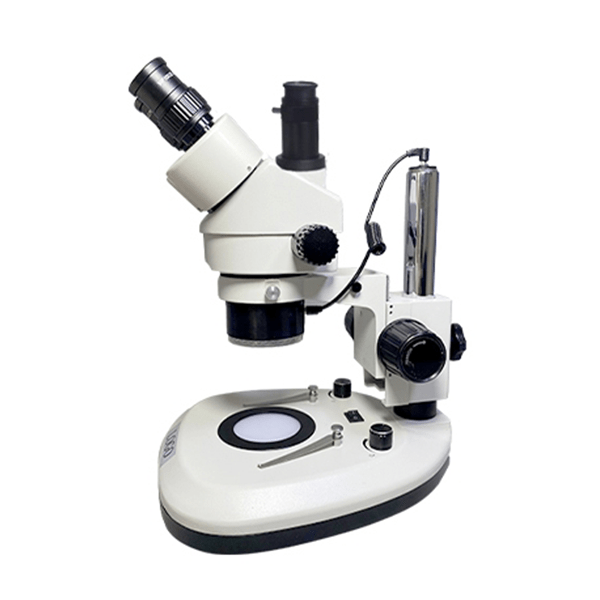Knowing how to choose a microscope is pivotal for successful scientific endeavors. In the realm of microscopy, the choice often comes down to two primary types: compound microscopes and stereo microscopes. This article explores the distinctive features of each and guides readers in making an informed decision based on their specific needs and applications.
Understanding Compound Microscopes:
Compound microscopes are renowned for their high magnification capabilities, making them indispensable in fields like biology and medical research. This section delves into the inner workings of compound microscopes, emphasizing their ability to reveal intricate details at the cellular and subcellular levels.
Exploring Stereo Microscopes:
On the other side of the spectrum, how to choose a microscope that offers a different perspective with their three-dimensional imaging capabilities. This section highlights how stereo microscopes excel in tasks that require depth perception, making them ideal for applications such as dissection, industrial inspection, and educational settings.
Applications in Biology and Medicine:
For biological and medical studies, the choice between compound and stereo microscopes is critical. This section navigates through the specific applications of each type in these fields, elucidating how compound microscopes contribute to cellular studies, while stereo microscopes excel in tasks like surgery observation and dissection.
Industrial and Quality Control Applications:
In the industrial landscape, precision and detail are paramount. Here, we explore how stereo microscopes, with their three-dimensional vision, become instrumental in tasks like quality control, circuit board inspection, and intricate component analysis, surpassing the capabilities of compound microscopes in these scenarios.
Educational Environments:
The classroom setting requires a microscope that caters to both educational needs and ease of use. This section discusses how stereo microscopes, with their comfortable viewing angles and simpler operation, become the preferred choice for educational institutions, fostering a hands-on learning experience.
Considerations for Magnification:
Magnification needs vary across applications, and this section guides readers through the considerations for choosing the right microscope based on magnification requirements. It delves into the limitations of magnification in stereo microscopes compared to their compound counterparts.
Depth of Field and 3D Imaging:
The ability to visualize specimens in three dimensions is a key factor in choosing between compound and stereo microscopes. This section explores how stereo microscopes excel in providing depth of field, enabling users to observe objects in a more natural and contextual manner.
Ergonomics and Comfort:
User comfort and ergonomics play a crucial role, especially during prolonged microscope use. Here, we discuss how the design of stereo microscopes, with their ergonomic features and comfortable viewing angles, contributes to reduced strain and fatigue compared to compound microscopes.
Budget Considerations:
Budget constraints often influence microscope choices. This section provides insights into the cost considerations associated with compound and stereo microscopes, helping readers make decisions that align with their financial parameters.
Conclusion:
In the concluding remarks, the article synthesizes the key considerations and application-specific advantages of both compound and stereo microscopes. It emphasizes the importance of aligning microscope choice with the intended use, ensuring optimal results and a seamless scientific or educational experience.











